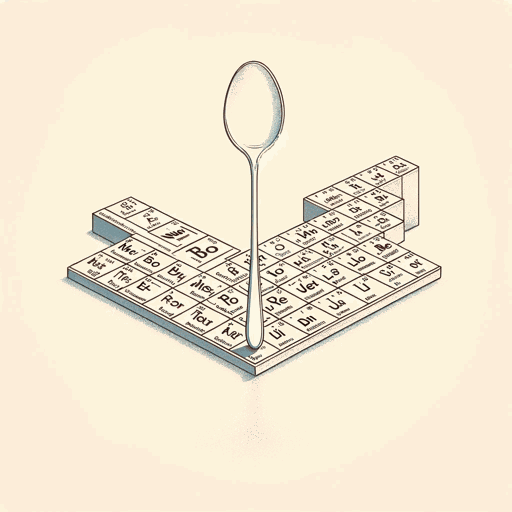93 pages • 3 hours read
Sam KeanThe Disappearing Spoon: And Other True Tales of Madness, Love, and the History of the World from the Periodic Table
Nonfiction | Book | Adult | Published in 2010A modern alternative to SparkNotes and CliffsNotes, SuperSummary offers high-quality Study Guides with detailed chapter summaries and analysis of major themes, characters, and more. For select classroom titles, we also provide Teaching Guides with discussion and quiz questions to prompt student engagement.
Part 2Chapter Summaries & Analyses
Part 2: “Making Atoms, Breaking Atoms”
Chapter 4 Summary: “Where Atoms Come From: ‘We Are All Star Stuff’”
Until the mid-20th century, scientists believed all elements existed since the beginning of time. Keane disabuses us of this notion by explaining that many elements occur through the life cycle of a star.
In 1939 researchers figured out that the sun generates heat by fusing hydrogen atoms into helium; in the 1950s, scientists further proved that heavier elements also are forged inside stars. When stars run out of hydrogen, they fuse helium: “Pretty soon appreciable amounts of lithium, boron, beryllium, and especially carbon accumulate inside stars” (67).
The largest stars keep going, creating all the elements up to iron, number 26. At that point, the stars run out of material, their interior furnaces shut down, and they collapse and explode; in that moment, elements 27 through 92 are created and dispersed. The solar system is created in this way: “About 4.6 billion years ago, a supernova sent a sonic boom through a flat cloud of space dust” (68), blending its elements with the dust and causing ripples that evolve into the sun and planets.
The planet Jupiter is so large that it contains exotic materials, possibly including gigantic diamonds and “metallic hydrogen” (70). Were it ten times larger, Jupiter would be a protostar called a brown dwarf.

